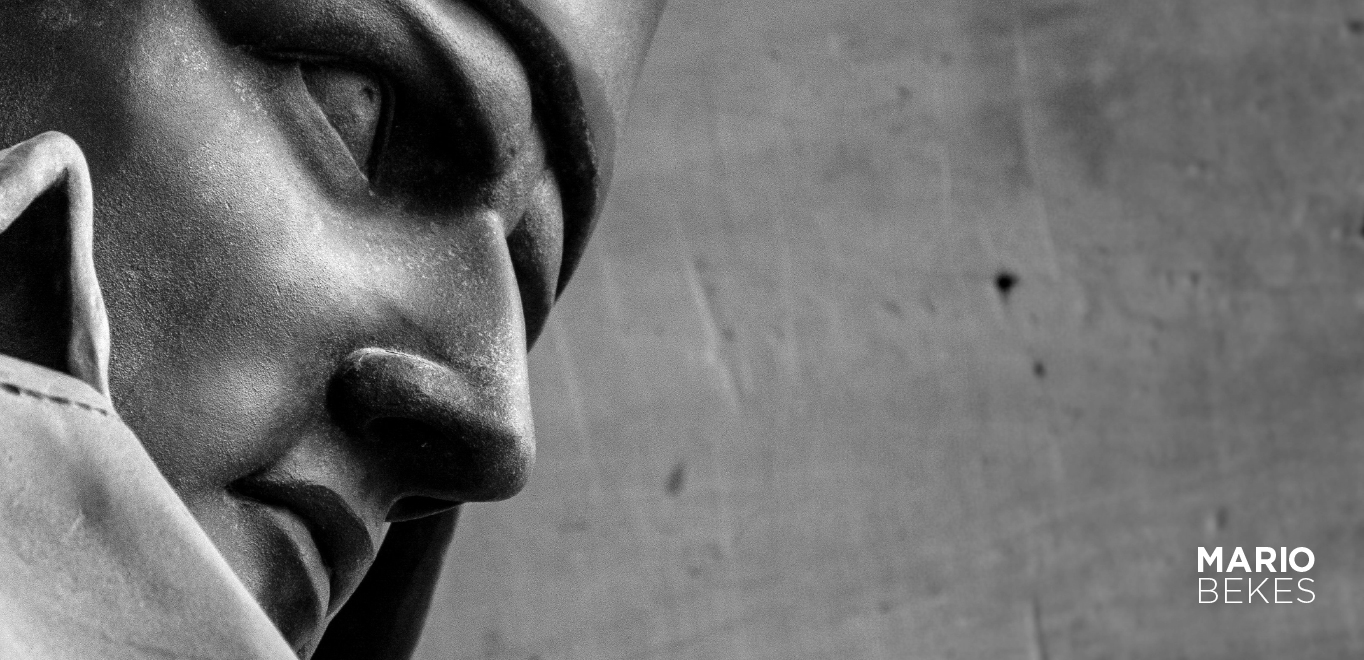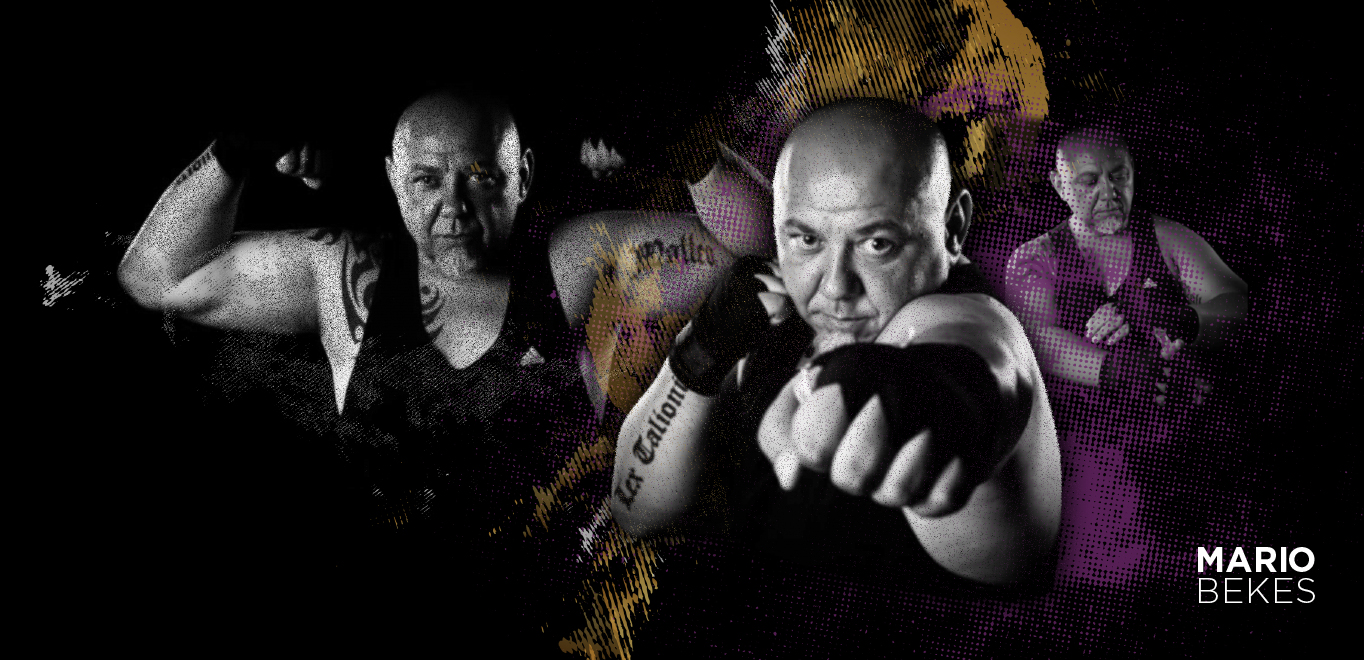On the Edge of Oblivion: How the Cold War Almost Brought Us to Doomsday in 1983
The most dangerous year of the Cold War.
When I was approximately 11 years old, I heard elders say that the world was on the edge of another battle, this time a major one.
As a child, I had little understanding of what a nuclear war or nuclear missiles were, but the elders were serious.
You know, I was born in a communist country in central Europe, where hostilities occurred every 50 years.
Unfortunately, we can see this even today, as Russia and Ukraine are at war, 50 years after one of the most perilous years of the Cold War.
I know I’ve said it before, but history will teach you a lot.
The year 1983, when Pershing II missiles were stationed in Germany, was perhaps the most dangerous of the Cold War.
The world only learned how near the main nations were to a nuclear exchange decades later.
The Doomsday Clock
The “Doomsday Clock” is a famous image of the American Bulletin of Atomic Scientists.
During the Cold War, the doomsday clock was meant to symbolize the risk of nuclear war. It was three minutes before midnight in 1983.
The worldwide peace movement remained hopeful that new American intermediate-range missiles would not be stationed in Europe at the beginning of 1983.
The Soviet Union considered these Pershing II missiles to be particularly dangerous because they would allow for a quick attack on Soviet leadership.
Beginning in 1983, the United States Army stationed the transportable, intermediate-range ballistic missile Pershing II at American bases in West Germany.
It was aimed at regions in the Soviet Union’s west.
Each Pershing II carried a single, variable-yield thermonuclear warhead capable of delivering explosive forces ranging from five to fifty kilotons.
The KGB estimated that these rockets could fly for four to six minutes.
Although this was most likely not true in practice, the Soviet Union continued to believe it.
In the event of a rapid nuclear assault, the Soviet leadership would not have enough time to launch a counterattack.
They were concerned that they would be unable to deter.
Despite years of research by journalists and historians, no evidence of an American attack strategy was found; yet, it was clear at the time that President Reagan was well-suited to the Soviet Union’s volatility.
The purpose of then-President Reagan’s outreach to the world community was to demonstrate that the United States had overcome its perceived trauma from Vietnam and, contrary to popular assumption at the time, was no longer willing to be pushed any farther.
It implied a willingness to do so, to exhibit one’s own strength in such a way that the opposing side is impressed, and everyone knows it.
Ronald Reagan referred to the Soviet Union as an “Evil Empire.”
From Afghanistan to Angola to Nicaragua, it supplied weapons to every guerrilla fighting socialism.
On October 25, 1983, US President Ronald Reagan launched an invasion on the small Caribbean Island of Grenada, beginning a psychological war with the Soviet Union.
False Alarms in the Soviet Defence System
The American strategy at the time included, among other things, sending fighter-bombers into Soviet airspace and then turning around at the last minute during this phony attack.
There is enormous fury in America following the cold-blooded downing of a passenger airliner carrying 269 people. The Korean plane was shot down as an indirect result of the increased tension.
Three weeks later, on September 26, the Soviet defense system issued another false alert, this time for an alleged missile strike.
A vigilant cop averted catastrophe.
However, the story reveals how prevalent dread was in Moscow in the fall of 1983, when NATO started a huge maneuver on November 7, the anniversary of the October Revolution, in addition to the approaching deployment of the Pershing II.
The military leadership and the KGB engaged in heated dispute in Moscow over this issue. There were reports that the drill might include senior administrative individuals such as Margaret Thatcher and Helmut Kohl.
Were some historical accounts still spreading misleading information?
From NATO headquarters in Brussels, Stasi spy Rainer Rupp, also known as Topaz, reported that no hostile steps were planned by the West.
But were his conclusions received on time by Moscow’s highest authorities?
Even today, it is unclear how close the Soviets got to launching a preemptive strike in reaction to the perceived danger. However, it is believed that the US government was aware of Soviet worries.
Joking bomb threats and microphone tests
McFarlane, Reagan’s national security adviser, briefed him on intelligence reports on an Air Force One flight in December 1983 that the Soviets had been seriously preparing for an American nuclear attack since Able Archer.
I’ve already written about Able Archer 83: A Military Dril. NATO performed a command exercise known as Able Archer 83 in the fall of 1983.
The exercise’s purpose was to simulate a period of increasing hostility between the Warsaw Pact and NATO, culminating in a planned nuclear strike.
Reagan proposed disarmament talks with the Soviet Union in January 1984.
However, his signals were considered as inconsistent.
He made light of the event at a microphone practice six months later.
“Dear fellow Americans. I am pleased to inform you that I have signed legislation that would forever outlaw Russia.”We’ll start bombing in five minutes.”
How funny was this, and for whom? That’s the main question.
Reagan frequently quipped that when he asked the Soviet leader for a meeting, they were afraid.
However, according to his diary entries, he made no substantial attempts to speak with them until 1984.
During the arduous Cold War years, Leonid Brezhnev, Yuri Andropov, and Konstantin Chernenko sat one after the other in the Kremlin, and history reveals that they regarded Reagan as an irresponsible gambler.
Because there was minimal communication between the world’s most powerful individuals, distrust grew on both sides.
In 1984, doomsday was still at three minutes to twelve.
Only when Mikhail Gorbachev became president of the Soviet Union in 1985 did the world’s political atmosphere shift.
The diplomatic process then began, with summits and unprecedented levels of communication in 1981, 1982, and 1983.
In 1987, the superpowers agreed to destroy all intermediate-range missiles.
The Doomsday Clock was reset six minutes to the 12th.
On the US side, there is a private summary of a 110-page report on the 1983 crisis, which would likely answer all the remaining concerns.
However, attempts to make these files public have thus far been unsuccessful.
Historians will not be able to fully recreate what may have been the most perilous year of the Cold War until this study, notably the Soviet materials, is published.









